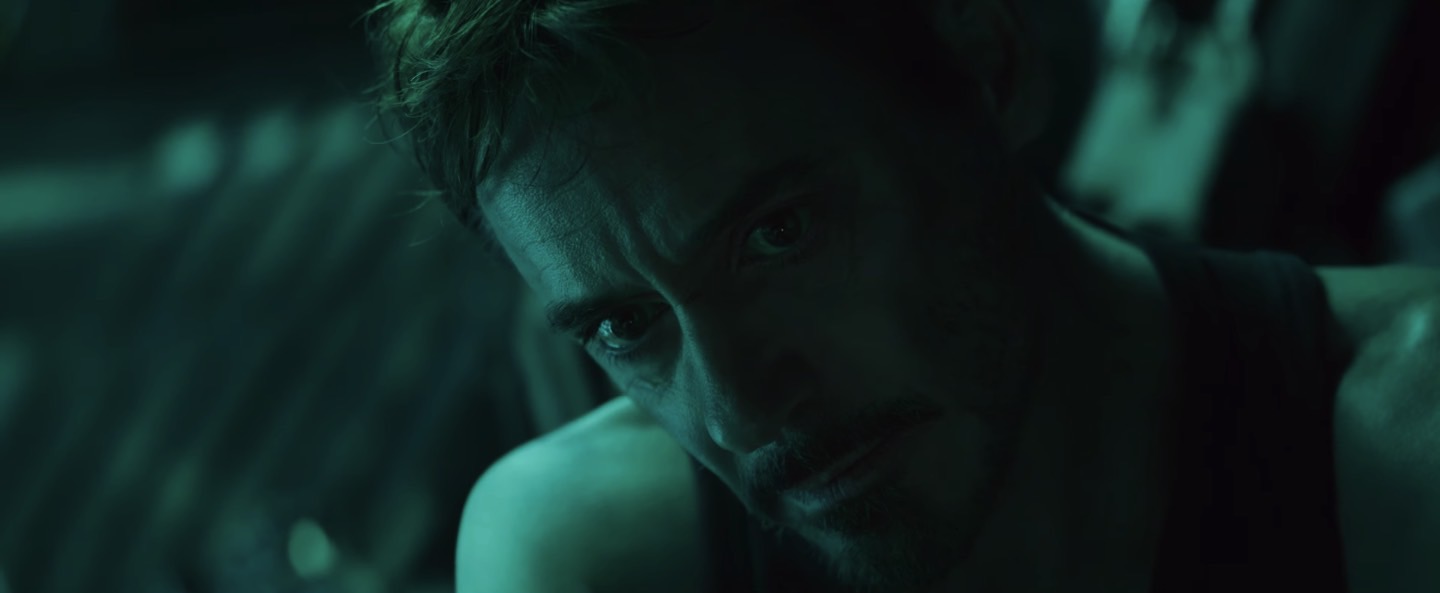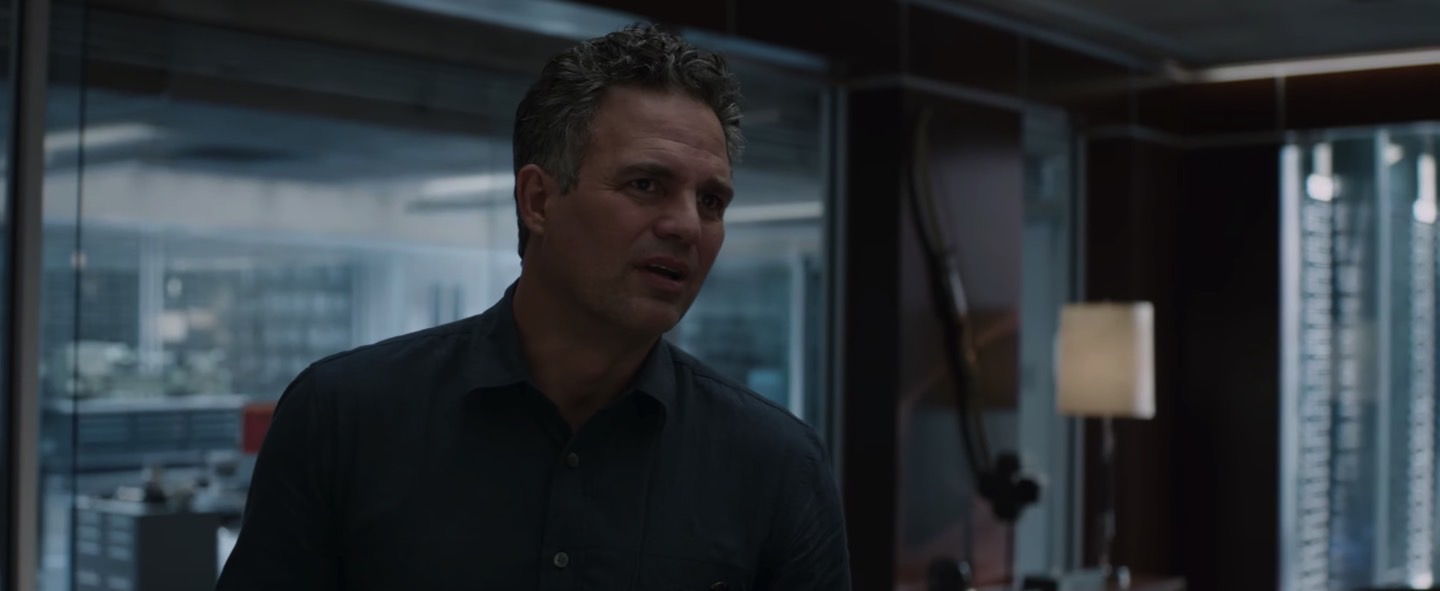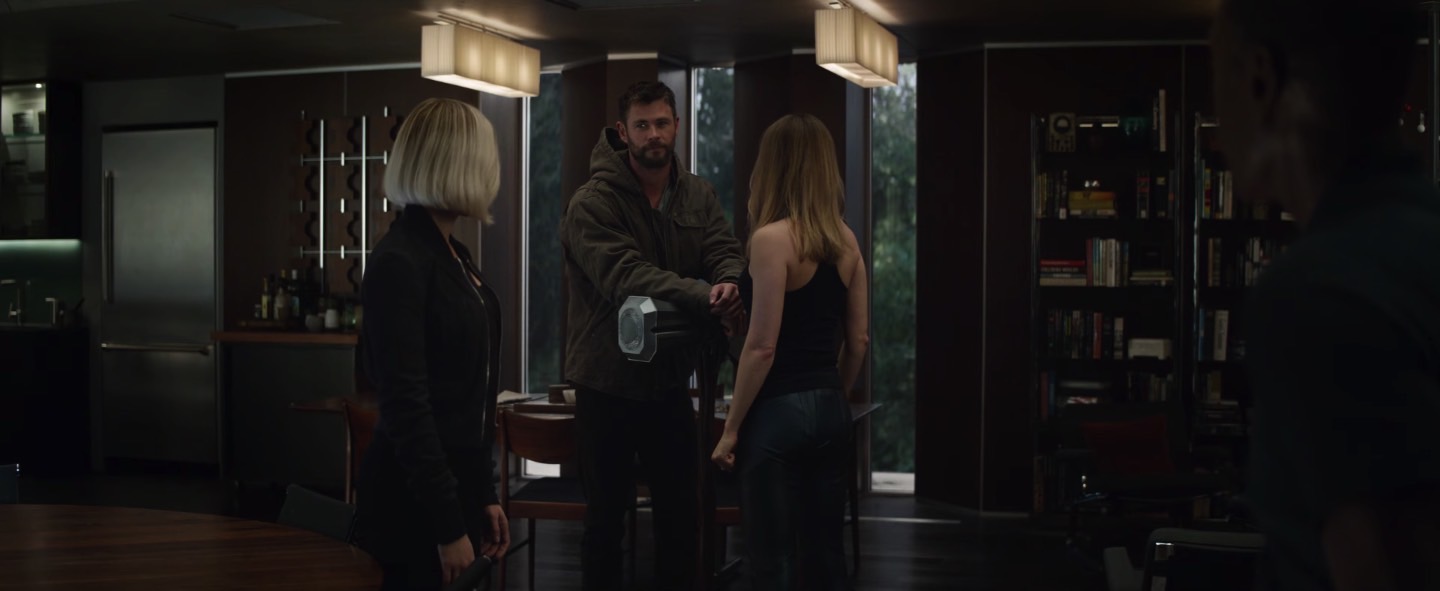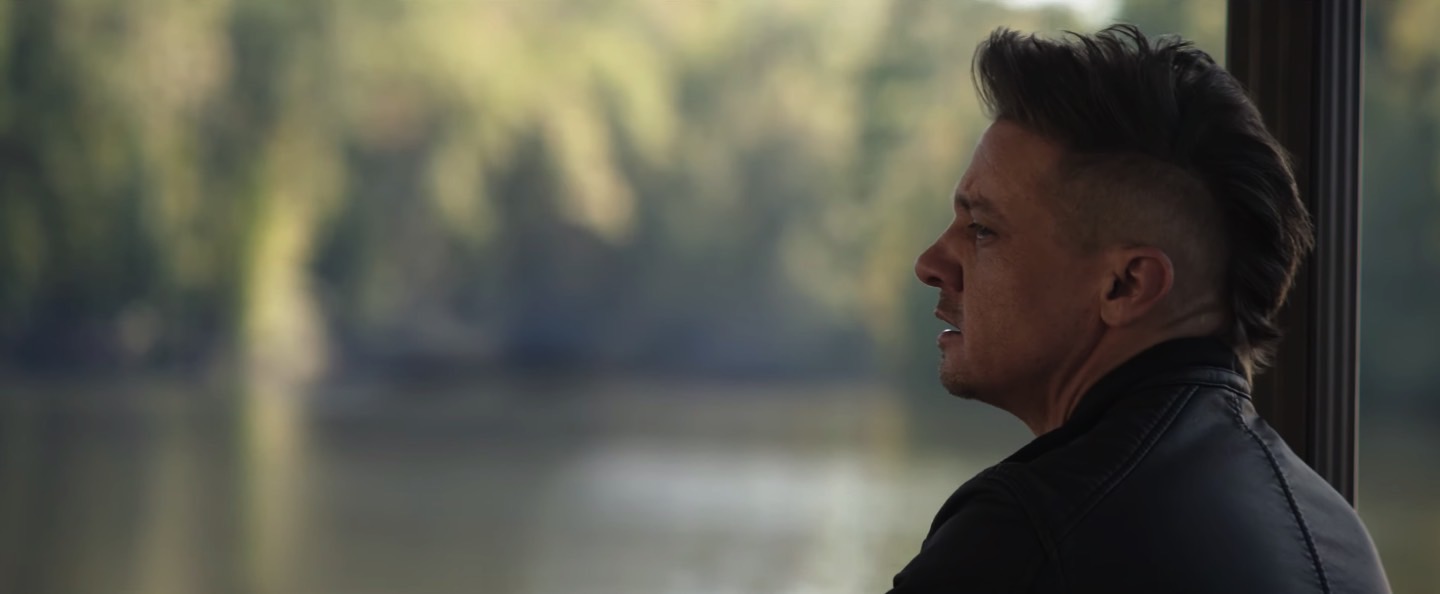Marvel Just Told Us How It Decided Which Heroes To Kill In 'Avengers: Endgame'
The biggest film of the year premiered nearly seven months ago, but fans still can't get enough of Avengers: Endgame. Its arrival on Disney+ last week seems to have reignited interest in the film, as fans were treated to a slew of deleted scenes that weren't previously available to stream. The list of deleted clips includes an exciting one that reveals one of the alternate versions of the film that Marvel chose to abandon, but it's one that could have delivered an even more epic arc for Captain America. Now, Marvel is revealing more details about the epic conclusion of the Infinity Saga that's been more than 10 years in the making, including the factors that went into deciding who lived and who died by the time Endgame finished.
After Infinity War premiered, writers Christopher Markus and Stephen McFeely were among the first to tell fans they'd have to deal with the losses. What happened happened, and whatever fix might be coming in Endgame wouldn't fully fix the snap.
A year later, Endgame proved that Marvel meant it. When Thanos snapped his fingers inside that powerful weapon, he wiped out 50% of all living beings, and the Avengers needed five years to come up with a plan that might have a tiny chance of success. That's five years after they killed the Titan, and five years that had some disastrous effects on the world as we know it, as well as some of our favorite characters.
From the beginning of Endgame, it was clear that Markus and McFeely — and Marvel, by extension — meant it when they said Endgame would not provide the perfect happy end that many fans expected. Three emotional hours later, the audience realized that the stakes had never been this high in superhero movies, and some of those heartbreaking deaths would be final. Characters including Heimdall, the original Loki, the original Gamora, Vision, Black Widow, and Iron Man were killed for good in those two films. Furthermore, we all had to say goodbye to Steve Rogers' version of Captain America since the hero went on to retire in a different timeline.
While Endgame tells a beautiful story for the MCU, concluding the arcs of almost every Avenger of the original six, some people may have wondered how Marvel chose which characters to kill and which ones to save. The good news is that we finally know now, thanks to an ample Vanity Fair interview with Markus and McFeely.
Vanity Fair dove into at what the creation process for Infinity War and Endgame looked like, and how Marvel conceived this amazing cinematic experience. And it turns out that the fates of some characters were determined years ago, back when Captain America: Civil War was in the making — the same duo co-wrote the third Captain America film with directors Anthony and Joe Russo.
McFeely: The O.G. Avengers, we put them down. It escorted them off the stage or gave them some sort of conclusion to settle their emotional issues. Nobody becomes a superhero because they're really well adjusted; they do it because they're screwed up on some level. [By the end of Endgame] everybody is kind of fixed, or dead.
Let's take a look at all six original Avengers:
Iron Man

Tony Stark had to die because "the man is very determined," according to Markus. He would have kept going, trying to save everyone at all costs. And an Iron Man 4 might have ruined the previous films:
Markus: [Tony had to die] because it legitimizes the whole thing. If you just keep going until it peters out or you lose interest, it kind of decays backwards, making [people] think less of everything that came before. To have the opportunity to very deliberately tie all those threads together and have it add up to something and have it end, that's what stories are about. That's how you judge whether something was great or not. If at the end of The Great Gatsby, they got into a car and drove off, and then we wondered what was going to happen next? We wouldn't have remembered that. [...]
Markus: Because it legitimizes the whole thing. If you just keep going until it peters out or you lose interest, it kind of decays backwards, making [people] think less of everything that came before. To have the opportunity to very deliberately tie all those threads together and have it add up to something and have it end, that's what stories are about. That's how you judge whether something was great or not. If at the end of The Great Gatsby, they got into a car and drove off, and then we wondered what was going to happen next? We wouldn't have remembered that.
Captain America

Captain America didn't die in Endgame, and because Falcon is the new Captain America now, the hero name might never be retired. But Steve Rogers had to retire. And his fate was decided many years ago, starting with Civil War:
McFeely: We realized over the course of the movies that Cap and Tony were on crossing arcs. Cap, who had started as completely selfless and was jumping on grenades willy-nilly, was becoming more self-interested. Not to say selfish, but if you watch Civil War, particularly, he's making decisions based on what he wants, even if it breaks up the Avengers. And Tony started as the brash billionaire playboy, and the stakes are growing for him, the responsibility's growing for him. We realized at one point, late in 2015, that for Steve to be his best self, he was going to have to get a life, and for Tony to be his best self, he might have to lose his.
McFeely: Sometimes, the grenade goes off.
Markus: And that's why [Captain America] can't die in this movie, because he was willing to die in the first one. That's not a journey.
Black Widow

An alternate version of the script had Natasha surviving Vormir, with Hawkeye making the ultimate sacrifice. Ultimately, they went for Nat after a number of women on the crew advised them not to "rob her of this" sacrifice.
We certainly thought long and hard about it. We knew we were killing the first female hero of the Marvel Universe. We stupidly came up with these rules in the first movie—someone's going over that cliff. So we had to decide. By the way, you had to easily love the person next to you, so we couldn't send Steve Rogers and Hulk. So it's a puzzle of our own making, but it felt like it was the resolution of her arc, that if she could sacrifice herself for her new family and for half the universe, that was worth it to her. [...]
McFeely: She jumps on the grenade. I'm really proud of that moment. I don't have any regrets. The only regret is that it comes at the end of Act Two. So you can't really roll around in the grief because we've got another hour of movie and we haven't solved the A-plot problem. So that's the downside.
Hulk

Hulk survived the entire thing and was the one to undo the snap — in fact, he was probably the only one who could do it. But he was never in any danger of dying. That said, the writers revealed the other story had a slightly different arc for Professor Hulk. He would have busted out of Iron Man's Hulkbuster armor suit at the end of Infinity War, and would have become Professor Hulk at the initial showdown with Thanos where Thor ended up killing the mad Titan.
Markus: We wanted everybody to have this enormous journey in the five-year-jump [after the Thanos snap], and to really see, in sometimes shocking ways, how the loss had affected them. We hadn't given Banner [a change] because we had transformed him earlier, and he had nowhere to go. And suddenly by needing to take it out of the first movie, it was the perfect thing.
Thor

Thor got to go through some immense changes between Infinity War and Endgame, and Fat Thor certainly shocked audiences. The writers felt like they had to let him survive the entire affair.
McFeely: We could have had a bloodbath and all six of them gone down swinging, but that seemed even more depressing.
Markus: It's not necessarily that we knew they'd get more stories, it's just that...Thor has sacrificed and sacrificed and lost and lost. It's not a good ending to kill him. To have him finally, reasonably content with himself—and with his current weight, by the way...
Hawkeye

Hawkeye got his own closure, one that didn't involve personal sacrifice. And like Thor, Hawkeye is the subject of a standalone Disney+ TV series so he still has more tales to help tell.
Markus: There were some people who were like, "No, [Thor] has to magically lose weight." [Laughs.] That was one of those sobering moments on set where some people were afraid, He's going to put on the fat suit, and he comes out and basically looks like everybody on the crew. That's not a fat suit! That's a normal-person suit! But Thor was resolved. There's a joy in letting him go off aimlessly into the ends of the universe. And Clint got his family back, and that's something. That's the whole reason he was doing it.
